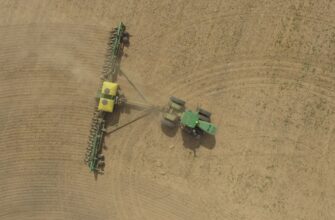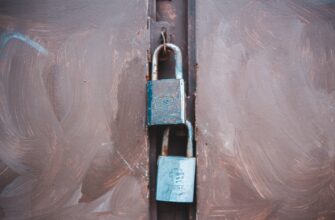Why Offline Backup Funds Are Essential in 2025
In an era of escalating cyber threats, banking instability, and unpredictable global events, offline backup funds have transitioned from a prepper’s fantasy to a mainstream financial necessity. By 2025, experts predict heightened risks of digital banking disruptions, ransomware attacks targeting financial systems, and currency volatility. Physical cash reserves act as a critical lifeline during emergencies—whether it’s a prolonged power outage, natural disaster, or sudden economic downturn. Unlike digital assets, offline funds require no internet, electricity, or third-party verification, ensuring immediate access when technology fails. This guide explores practical strategies to build and protect your financial safety net.
How to Build Your Offline Fund Step-by-Step
Creating a resilient offline fund demands disciplined planning. Follow this actionable roadmap:
- Set a Target Amount: Aim for 3-6 months of living expenses. Start small—even $500 provides critical buffer.
- Allocate Monthly Savings: Dedicate 5-10% of income exclusively to your offline fund until target is met.
- Choose Stable Denominations: Stockpile smaller bills ($1, $5, $10) for everyday transactions during crises.
- Phase Accumulation: Build incrementally—e.g., $1,000 by Q1, $3,000 by mid-year—to avoid financial strain.
- Liquidate Non-Essentials: Sell unused items (electronics, clothing) to boost seed capital.
Best Practices for Storing Cash Offline Securely
Improper storage risks theft, damage, or devaluation. Implement these proven methods:
- Fireproof/Waterproof Safes: Bolt down heavy-duty safes (UL Class 350+ rated) in concealed home locations.
- Decoy Containers: Use diversion safes disguised as household items (books, canned goods).
- Geographic Diversification: Split funds across multiple locations (home, trusted relative’s house).
- Bank Safety Deposit Boxes: Ideal for bulk reserves but inaccessible during bank closures.
- Preservation Tactics: Store bills in vacuum-sealed bags with silica gel to prevent moisture damage.
Critical Tip: Never disclose storage details to anyone outside your immediate household.
Diversifying Beyond Cash: Tangible Assets for 2025
Complement currency with inflation-resistant physical assets:
- Precious Metals: Gold/silver coins (e.g., American Eagles) retain value during hyperinflation.
- Barter Goods: Stockpile shelf-stable essentials (ammo, antibiotics, alcohol) for trade economies.
- Foreign Currencies: Hold Swiss Francs or Singapore Dollars as hedge against USD volatility.
- Collectibles: Rare coins or vintage items with intrinsic worth independent of financial systems.
FAQs: Your Offline Fund Questions Answered
Q: How much cash is too much to store at home?
A: Balance accessibility and risk. Keep ≤ $5,000 at home; larger sums belong in bank vaults or diversified assets.
Q: Won’t inflation erode my cash value by 2025?
A: Yes—combat this by allocating only 40-60% to cash. Balance with metals/goods that appreciate during inflation.
Q: Are there legal limits on cash holdings?
A> In the U.S., owning cash is legal, but transactions >$10,000 require reporting. Consult local regulations.
Q: How often should I rotate stored bills?
A> Inspect every 6 months. Replace worn notes to ensure acceptability.
Q: Can digital backups substitute physical funds?
A> No—crypto or digital wallets fail during grid outages. Offline funds are your zero-tech contingency.
Conclusion: Act Now for 2025 Resilience
Building offline backup funds isn’t about fear—it’s about pragmatic control in a volatile world. By 2025, those with tangible reserves will navigate disruptions with unmatched agility. Start today: set a savings target, secure storage, and diversify assets. Your future self will thank you when digital systems falter. Remember: true financial freedom means being prepared for anything.








